Resources
This carefully curated collection of resources will help you find packages and learning resources to help you on your R journey.

patchwork 1.3.0
patchwork 1.3.0 introduces exciting new features for creating multifigure plot compositions, adding support for beautifully formatted tables alongside figures with native support for gt objects. Enhanced by Teun Van den Brand's contributions, it allows users to seamlessly integrate tables using the wrap_elements() method or with table-specific formatting via wrap_table(). This version optimizes the space utilization of tables within plots, aligning components perfectly and providing formatting options for an improved aesthetic and functional integration of data visualizations and tabular presentations.
Go to Resource
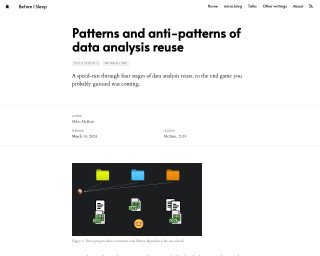
Patterns and anti-patterns of data analysis reuse
The blog post titled 'Before I Sleep: Patterns and anti-patterns of data analysis reuse' by Miles McBain discusses the common themes in data analysis roles pertaining to the repeated nature of certain analyses across various industries. McBain highlights the need for reusing code and strategies efficiently to maintain productivity amidst this recurring challenge. The text delves into different stages of data analysis reuse, such as copy-pasting previous work, which may initially save time but lead to accruing technical debt. It stresses on setting up practices for swift reuse of work to build upon proven capabilities, assuming the work is code-based and document-like products are code-generated.
Go to Resource

Personal Art Map with R
Learn how to create personal art maps with R using data from Open Street Maps (OSM) and personal mobility data. This tutorial provides step-by-step instructions on downloading street maps, collecting highway and street data, and combining them to create personalized maps.
Go to Resource
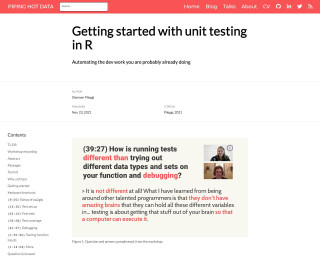
PIPING HOT DATA: Getting started with unit testing in R
Getting started with unit testing in R. This blog post accompanies the R-Ladies Philly workshop on Nov 11, 2021, where they demonstrate how to automate R package testing using the usethis, devtools, testthat, and covr packages. The post highlights key points from the workshop, including strategies for writing tests, debugging techniques, and concepts in function writing that facilitate the testing process.
Go to Resource
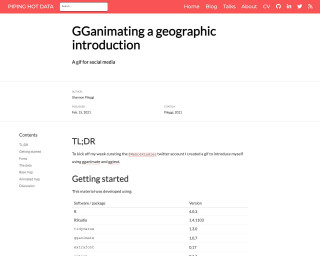
PIPING HOT DATA: GGanimating a geographic introduction
GGanimating a geographic introduction using gganimate and ggtext
Go to Resource

Pivoting tidily
This post discusses the new pivot_longer() and pivot_wider() functions from the tidyr package in R. It demonstrates how these functions can facilitate common data processing steps and reduce the need for extensive data wrangling. The post uses an example from a Plant Physiology Lab course to illustrate the use of these functions.
Go to Resource
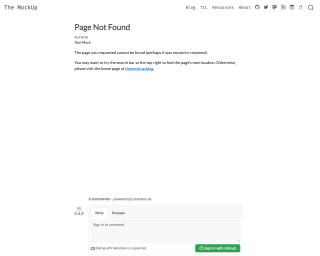
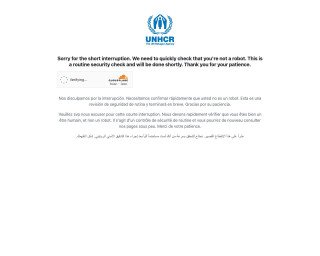
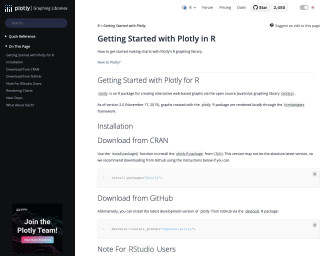

Plotting Age Pyramids with ggplot
Jose M Sallan's blog post titled 'Plotting Age Pyramids with ggplot' outlines the process of creating age pyramids using R and ggplot2. Age pyramids display population distributions by age groups and sex, typically with males on the left and females on the right. The article guides readers through formatting and adjusting data using tidyverse functions, and demonstrates how to plot these pyramids by reading data from a CSV file, cleaning column names, filtering, selecting, and mutating data to reflect proper age groups and percentages. This tutorial caters to those interested in data visualization and demographic analysis.
Go to Resource
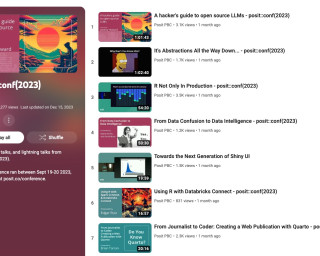
posit::conf(2023)
All keynotes, talks, and lightning talks from posit::conf(2023). Posit Conference ran between Sept 19-20 2023, Learn more at posit.co/conference.
Go to Resource

Positron IDE - A new IDE for data science
Dr. Mowinckel reviews Positron IDE, a new data science-oriented IDE that's evolved from Visual Studio Code. The blog explores Positron's compatibility with R and discusses its features, such as integration with Rmd, Hugo websites, and RStudio projects. It analyzes the ease of transitioning from other IDEs, like RStudio, highlighting Positron's customizability, multi-language support, and environment setup. Comparisons are made with other IDEs, underscoring Positron's suitability for polyglot programmers and its potential as a preferred tool. The writer reflects on the learning curve and extensibility, giving insights into making Positron an effective data science environment.
Go to Resource